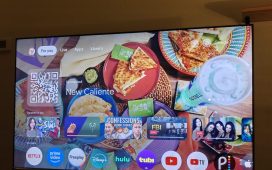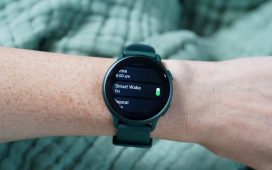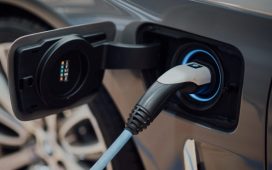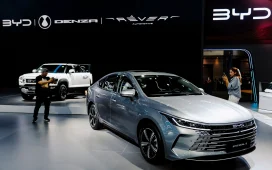We’ve all heard Trump’s calls to bring manufacturing back home. When it comes to beloved tech like the iPhone, the idea of a “Made in the US” label sounds pretty appealing. But according to Wayne Lam, a seasoned analyst at TechInsights, building iPhone manufacturing plants in the US to avoid tariffs is not just challenging—it is currently not feasible for Apple in the short term, especially from an economic standpoint.
Setting up iPhone factories in the US looks increasingly impossible
So, what’s standing in the way? It’s not just about setting up a factory. Lam points to two major hurdles: finding enough skilled workers and establishing the incredibly complex supply chain needed for iPhone production in most cities. Every iPhone is packed with thousands of tiny components sourced from all over the world. Recreating that intricate web of suppliers and highly specialized labor domestically is a monumental task.
However, if Apple were somehow compelled to build iPhones in the US, Lam has a suggestion. He says that the firm should go all in on factory automation using robots. Instead of trying to hunt down an elusive workforce, Apple should lean heavily into advanced robotics. This approach would minimize the reliance on human labor for repetitive tasks and could potentially streamline production.
A “Made in USA” iPhone’s price would double at least
But here’s the kicker, and it’s a big one for your wallet. Even with cutting-edge automation and robots doing much of the heavy lifting, Lam estimates that Apple would have to at least double the price of iPhones to maintain their current profit margins if they were manufactured in the US. This stark reality highlights the vast cost difference between current manufacturing hubs and the US.
This analysis from TechInsights seems to paint a clear picture of the current industry. The sentiment of “Made in USA” is strong. However, the practicalities of iPhone manufacturing are incredibly complex and deeply rooted in a global system built over decades. Unless consumers are prepared for a dramatic jump in price, the idea of an entirely U.S.-built iPhone remains a distant and costly dream.










